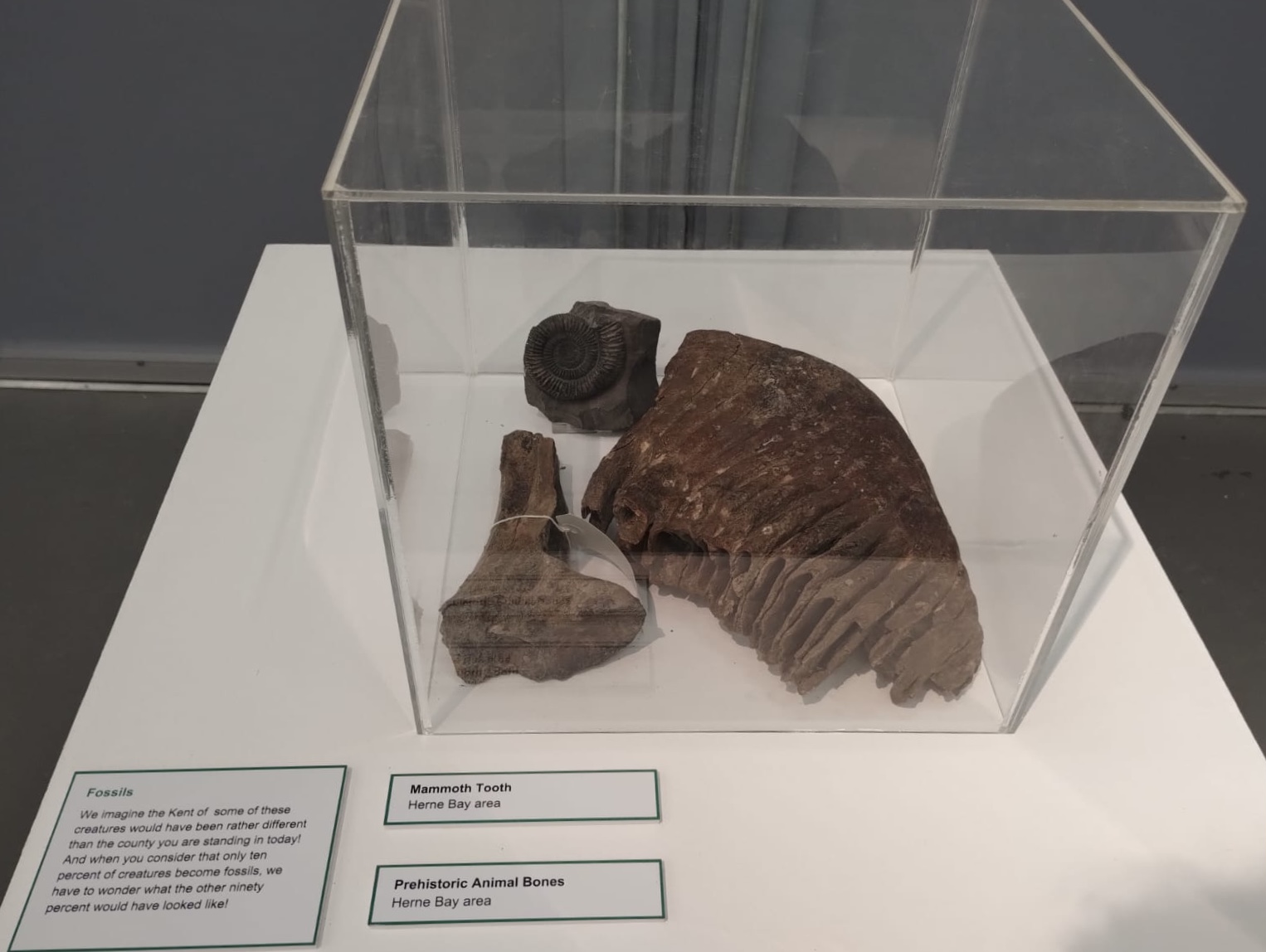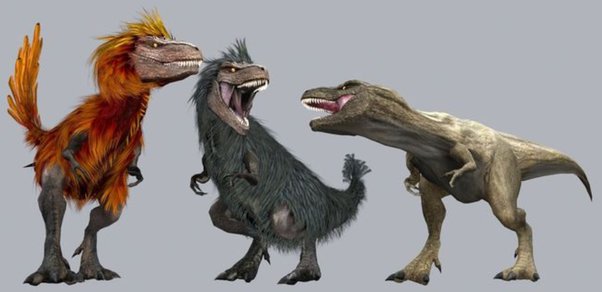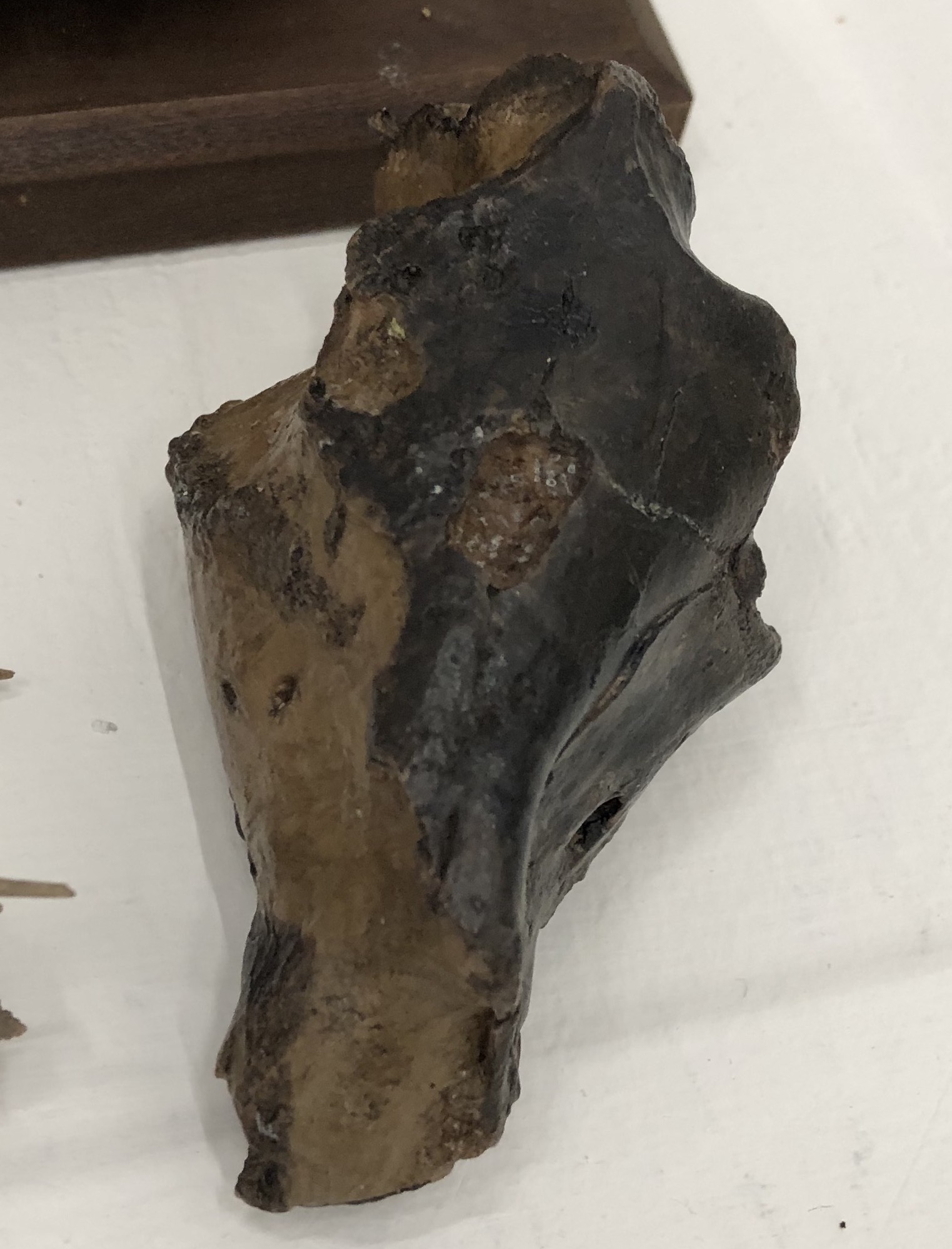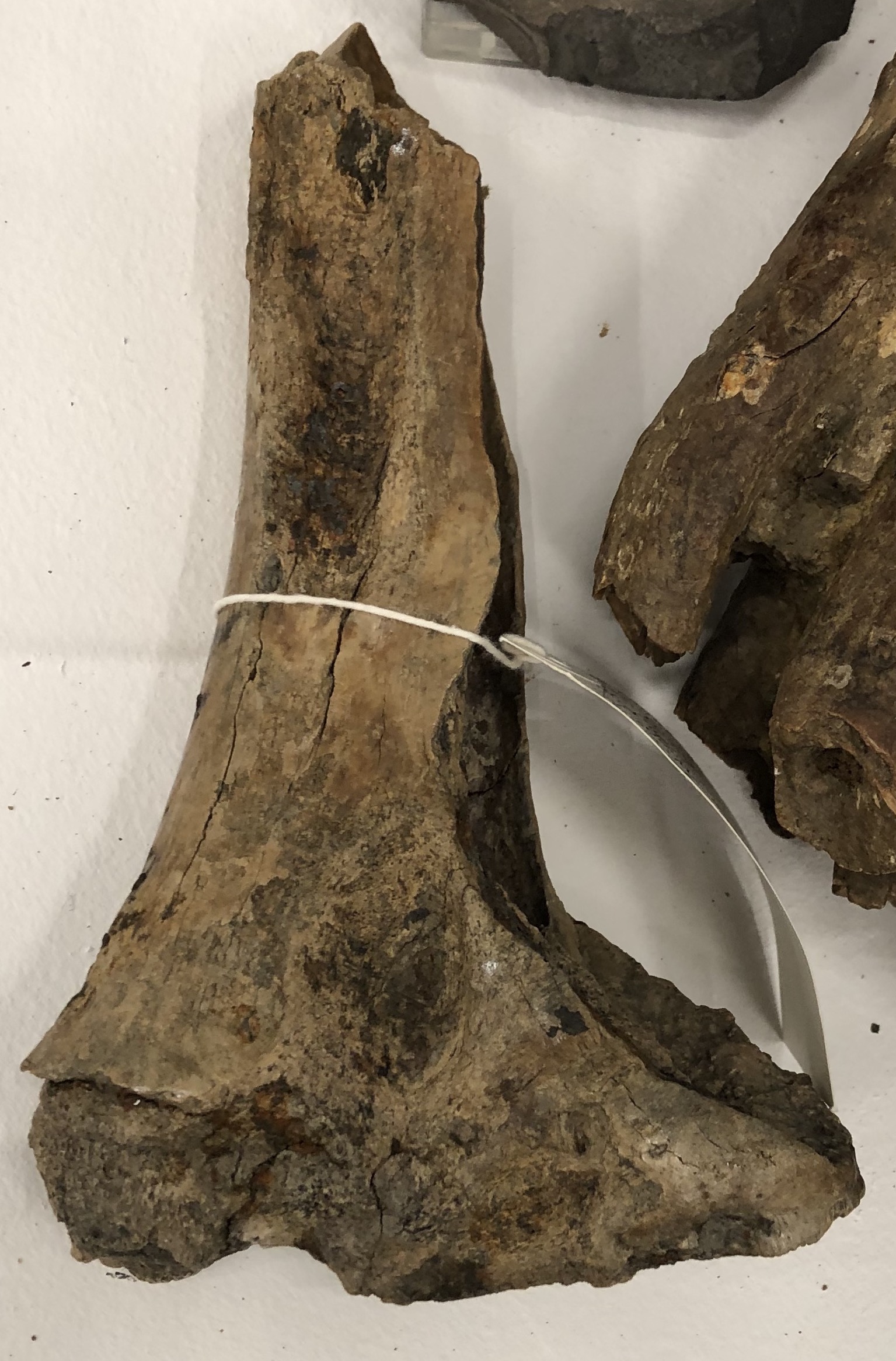We imagine the Kent of some of these creatures would have been rather different than the county you are standing in today!

Scientifically, it has been proven that only the hard tissue of an animal can be preserved as a fossil, and all other soft tissue is lost to time. This means that only bone, claws and nails can be preserved in an organism. All other flesh, skin, feathers etc is lost! That means it is completely plausible that certain dinosaurs could have looked like this…

Aside from this hassle of individual reconstruction of what species could have looked like from found fossils, the conditions required for fossils to be formed in the first place are very specific. This means that out of all creatures, flora and fauna that ever existed, only one tenth of them would have been preserved as a fossil at all. This begs the question – what did Kent REALLY look like back then?
Horse Skull
Right till the mediaeval times, unicorns were most sought out for their horns which allegedly had great magical properties. There were widespread orders for battling the beast and bringing back its horn. Read more here.
We have looked at the difficulties in the formation of fossils, and the recreation of creatures from such fossils. Surely a beast slain for its horn, would be fossilised without the presence of one. How can we be entirely sure that these creatures didn’t exist? Look at Britain’s first horse’s fossilised jaw below… would we be able to say if it was actually an unicorn?

Mammoth’s Tooth

Here is another example of just how difficult fossil studies can be. If we didn’t tell you that this was a mammoth’s tooth, would you know it was? Look at its shape and ridges. Do you think this tooth has been fossilised well enough for us to assume we know everything about it?
Auroch Bone
In Greek mythology, Zeus took the form of this great creature to seduce and kidnap the beautiful princess Europa. Since then, they have been a great symbol of power, sexual potency and prowess in religions of the ancient Near East.

You can read a bit more about what these animals have evolved into, and projects to bring them back again here.
Ammonite
Ammonites were thought to be ancient serpents – harbingers of evil – that harassed the humans. Believe it or not, this particular fossil is the tiniest of ammonite fossils. There have been fossils uncovered of ammonites as huge as humans! But can we tell everything we know about Ammonites simply from fossils such as these?

Read a bit about local mythology on why these creatures are set in rock here.
